
Casual style is more than just comfort; it’s about expressing individuality without sacrificing sophistication. A few key pieces can elevate a man’s casual wardrobe, making it easy to look polished while feeling relaxed. From versatile shirts to essential footwear, knowing what to include allows for effortless styling in various social situations.

Each essential serves a purpose, whether it’s creating a laid-back look for weekends or making a statement on casual Fridays at work. He can choose classic jeans that perfectly match a tailored t-shirt or opt for breathable fabrics that transition seamlessly from day to night. Understanding the right combinations can transform a simple outfit into a showcase of personal style.
Emphasizing quality over quantity is crucial in building a timeless casual wardrobe. By investing in a selection of well-made staples, he can ensure versatility and durability, creating a foundation that suits his lifestyle. Recognizing these essentials enables a man to navigate any casual occasion with confidence and flair.
Defining Casual Style

Casual style embodies a blend of comfort and personal expression. It allows individuals to showcase their tastes while maintaining a laid-back appearance. This style is defined by its versatility, able to transition from day to night with ease.
Key elements of casual style typically include:
- Tops: Casual shirts, t-shirts, and polos made from breathable fabrics.
- Bottoms: Jeans, chinos, or shorts that offer comfort and flexibility.
- Footwear: Sneakers, loafers, or casual boots that complement the outfit.
- Outerwear: Lightweight jackets or hoodies for added comfort.
Casual style does not mean sloppiness. Fit and fabric play crucial roles. Well-fitted clothing made of quality materials enhances the overall look and maintains a polished appearance.
Accessories can elevate casual outfits. Consider adding:
- Watches: A simple wristwatch for subtle sophistication.
- Hats: Caps or beanies for an added layer of style.
- Bags: Backpacks or messenger bags that are functional yet stylish.
Fashion in casual wear is subjective. It allows for personal flair while prioritizing comfort. Ultimately, casual style serves as a reflection of individual personality merged with practicality.
Essential Outerwear
Outerwear plays a crucial role in a man’s casual wardrobe. The right pieces not only provide warmth but also complement individual style. Three key types are essential for creating a versatile and stylish look.
Denim Jackets
Denim jackets are a timeless staple. They can be layered over t-shirts or hoodies, making them ideal for transitional weather. Available in various washes, from light to dark, the versatility allows for easy pairing with almost any outfit.
Key features to look for include:
- Fit: Slim or relaxed options can change the vibe of an outfit.
- Details: Distressed finishes or embellishments add character.
- Versatility: Perfect for casual outings or dressed down occasions.
These jackets can transition seamlessly from day to night with minor adjustments in styling.
Bomber Jackets
Bomber jackets bring a sporty edge to casual attire. Highlighted by their fitted waist and cuffed sleeves, they often feature a sleek design that enhances a man’s physique. Available in materials such as nylon or leather, they offer durability and style.
Important considerations include:
- Fabric: Choose a lightweight fabric for warmer seasons and a thicker one for colder temperatures.
- Color: Neutral shades like black or olive are easy to coordinate with other items.
- Style Variations: Look for bombers with unique details such as patches or zippered pockets for added flair.
This piece can elevate jeans and sneakers for a more polished look.
Hooded Sweatshirts
Hooded sweatshirts are indispensable in casual outerwear. They offer comfort while providing a laid-back yet fashionable look. Perfect for layering, they can easily be worn under jackets or stand alone.
When selecting a hooded sweatshirt, consider the following:
- Fit: A relaxed fit ensures comfort, while a slim fit creates a more tailored appearance.
- Material: Cotton blends are soft and breathable, ideal for all-day wear.
- Design Elements: Look for unique graphics or color blocking to enhance personal style.
These sweatshirts work well for running errands or casual meet-ups with friends.
Core Clothing Items
Casual style relies heavily on a few essential pieces that form the foundation of a versatile wardrobe. These core items are adaptable, comfortable, and stylish, making them indispensable for a casual look.
Plain T-Shirts
Plain t-shirts are a staple in any casual wardrobe. They come in various colors, allowing for easy mixing and matching. Quality fabric, such as cotton or a cotton blend, ensures comfort and breathability.
Opt for a well-fitting tee; it should neither be too tight nor too loose. Basic colors like white, black, and gray provide versatility. Graphic tees can also work but should be chosen carefully to maintain a casual aesthetic.
Pair these t-shirts with jeans, chinos, or shorts for effortless style. They can be layered under jackets or paired with accessories like watches or hats to enhance the overall look.
Casual Button-Downs
Casual button-down shirts offer a stylish alternative to t-shirts. They come in various patterns, such as checks or stripes, and fabrics like cotton or linen for different occasions.
A well-fitted button-down can elevate a casual outfit, making it suitable for more semi-casual settings. Rolling up the sleeves can add a relaxed vibe. Pairing these shirts with chinos or tailored jeans creates a smart but laid-back appearance.
Choosing solid colors or subtle patterns allows for greater flexibility in styling. These shirts can be worn tucked in or untucked, depending on the desired look.
Chinos and Jeans
Chinos and jeans are key components of a casual wardrobe. They offer comfort while providing different aesthetics. Chinos are typically made from lightweight cotton and are available in various colors.
For a polished look, choose tailored chinos paired with a casual button-down or a plain t-shirt. Jeans, on the other hand, provide a rugged appeal. Dark wash jeans are versatile and can be styled for both day and night.
Different cuts, such as slim or relaxed fit, cater to personal preference. It’s advisable to have a few pairs in classic colors and styles for maximum usability.
Shorts for Seasonal Variety
Shorts are a necessary addition for warmer months. They come in various styles including cargo, tailored, and sporty. Choosing the right fit is essential; shorts should hit just above the knee for a balanced look.
Tailored shorts made from breathable fabrics can easily transition from casual outings to more social events. Pairing them with a plain t-shirt or a short-sleeve button-up can create a polished look.
For active days, sporty shorts offer functionality and comfort. Basic colors like navy or khaki work well, providing versatility.
Footwear Fundamentals
Footwear plays a crucial role in completing a casual style for men. Choosing the right pairs enhances comfort while adding a distinctive flair to outfits. Sneakers, loafers, and boots each provide unique styles and functions.
Sneakers
Sneakers are versatile and can be paired with shorts, jeans, or even casual trousers. They come in various styles, from classic canvas to modern designs featuring advanced technology. Key features to consider include:
- Fit: A snug fit ensures comfort for all-day wear.
- Material: Leather offers durability, while mesh enhances breathability.
- Color: Neutral tones like black or white are easy to pair, while bold colors can make a statement.
Fun fact: High-top sneakers can add a touch of individuality to casual attire, especially when styled with cuffed jeans or joggers.
Loafers
Loafers stand out for their ease and elegance in casual settings. They slip on effortlessly, making them ideal for those who value convenience. Important details include:
- Style variations: Penny loafers and driving shoes have distinctive characteristics that suit different occasions.
- Materials: Suede gives a softer look, while leather loafers maintain a more polished appearance.
- Outfit pairing: Perfect with chinos, shorts, or even summer suits to elevate the overall look without being too formal.
Additionally, loafers with rubber soles provide comfort, making them suitable for leisurely outings.
Boots
Boots add a robust element to casual wardrobes, ideal for transitional seasons. They enhance style while offering excellent functionality. Considerations are:
- Types: Chelsea, chukka, and combat boots each serve specific style needs.
- Material and construction: Leather boots offer longevity, while waterproof options are critical for rain or snow.
- Styling: Pair them with jeans, and a flannel shirt for a rugged look, or dress them up with tailored trousers.
Proper maintenance, such as regular cleaning and conditioning, extends the life of boots while ensuring they remain a staple in casual footwear.








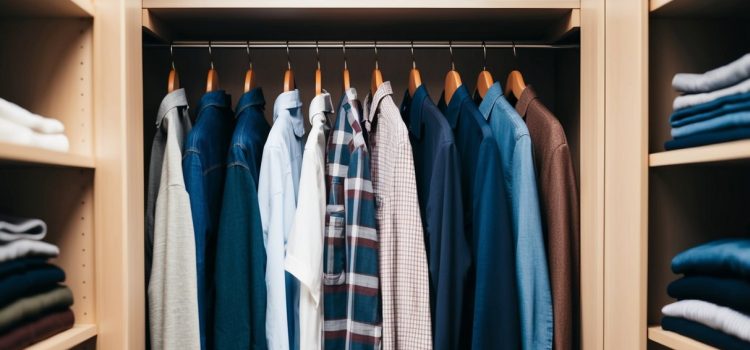
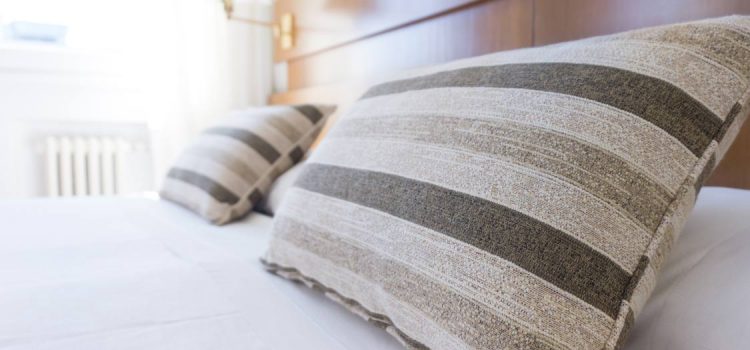
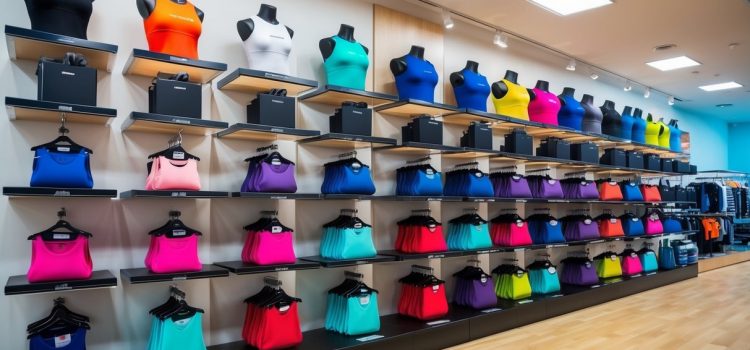



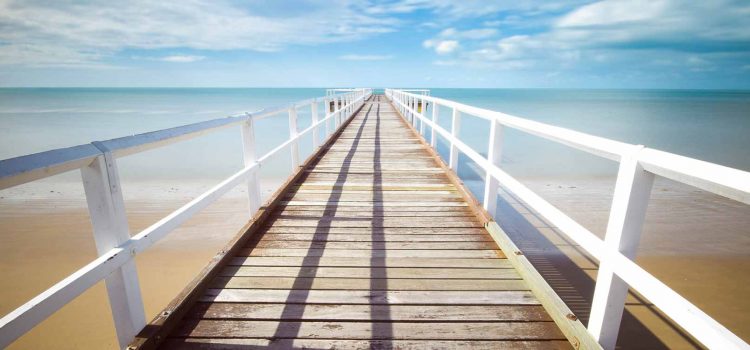






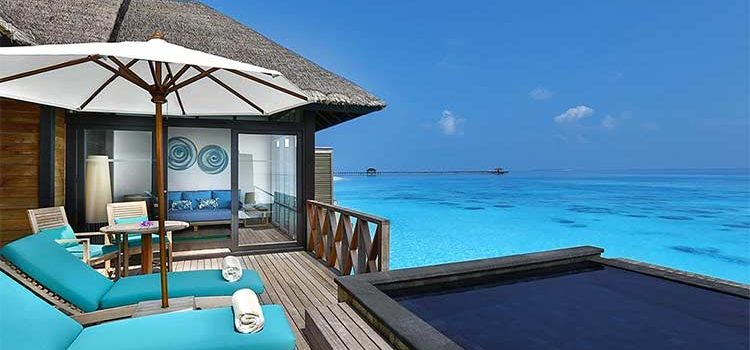

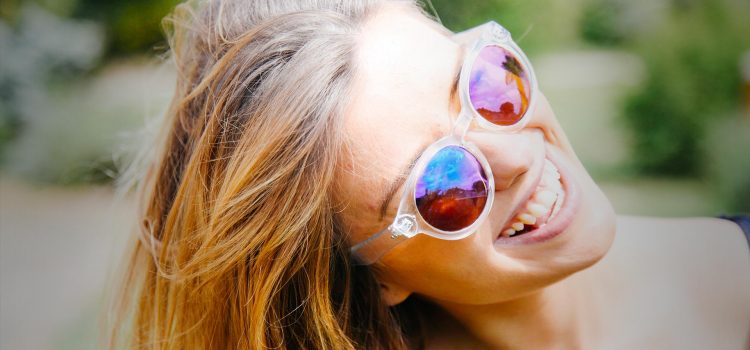


Comments
Hello world!
Pic of the week: Sunset at margate beach
The first day’s journey was through the pink fields
The first day’s journey was through the pink fields
The first day’s journey was through the pink fields